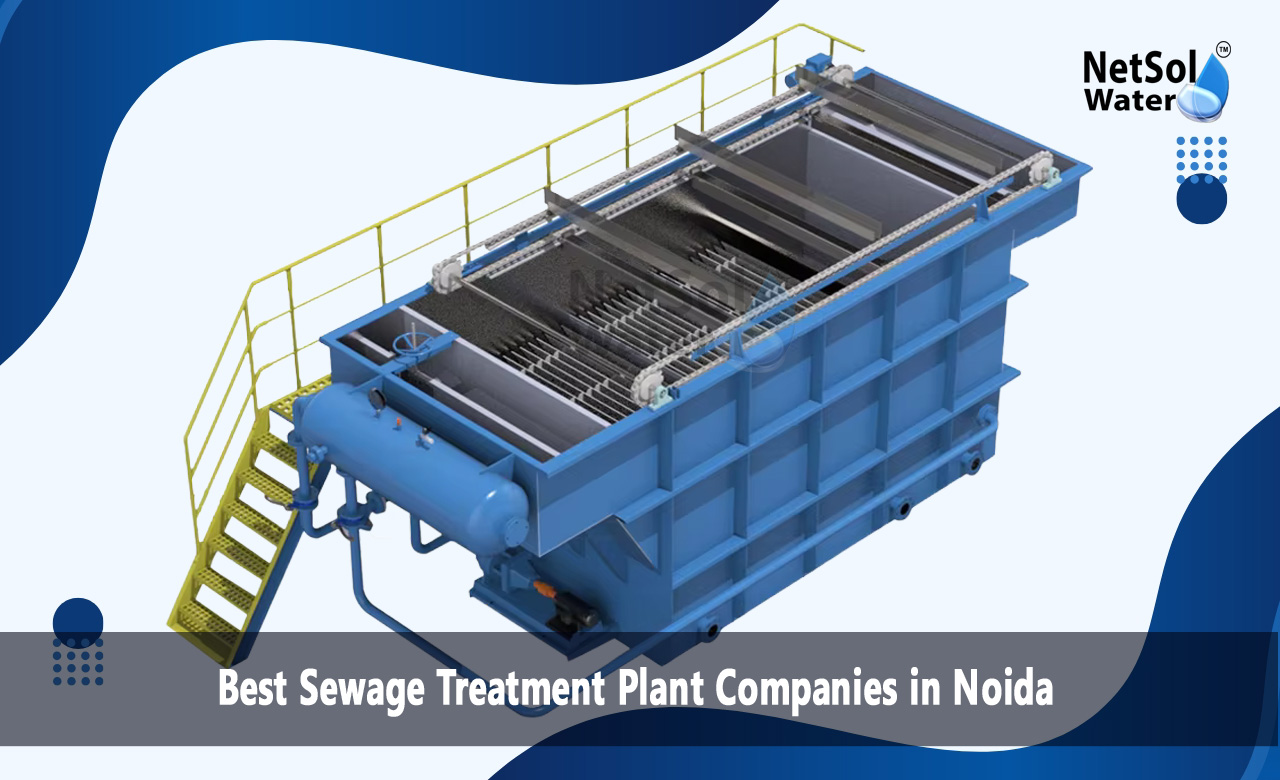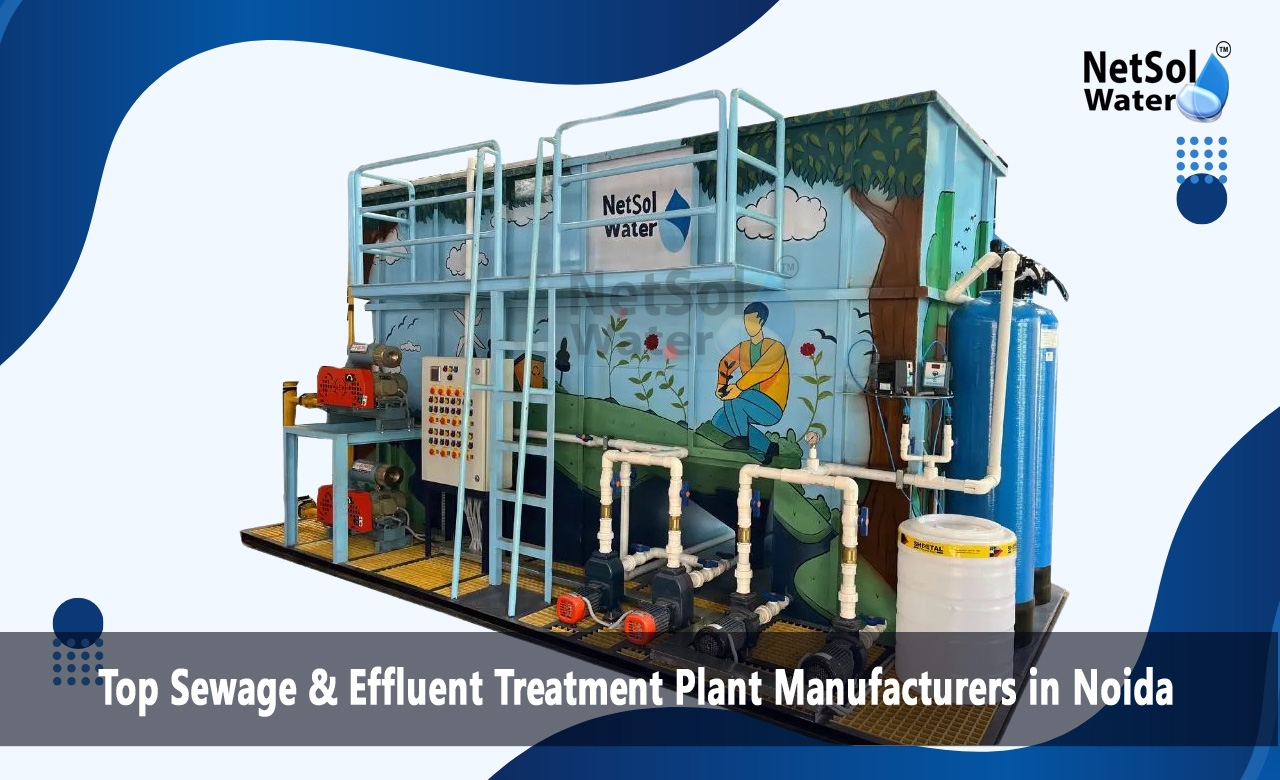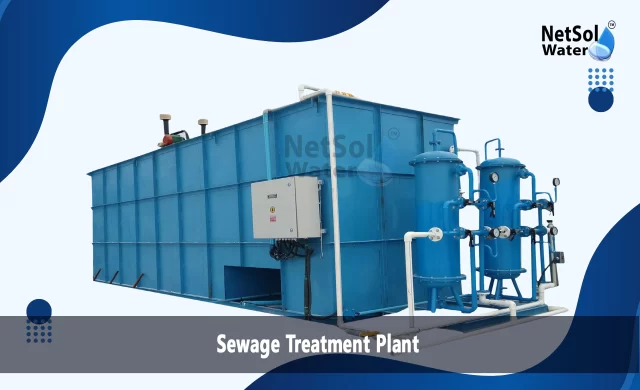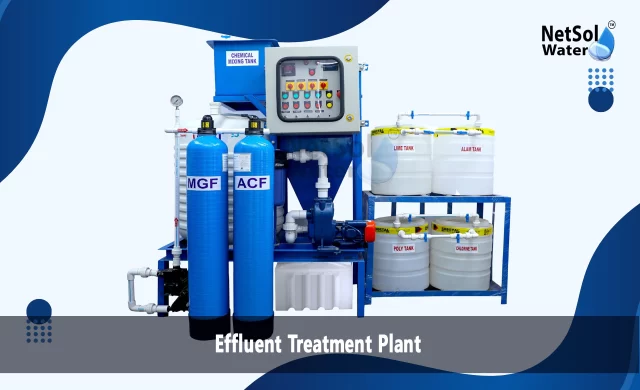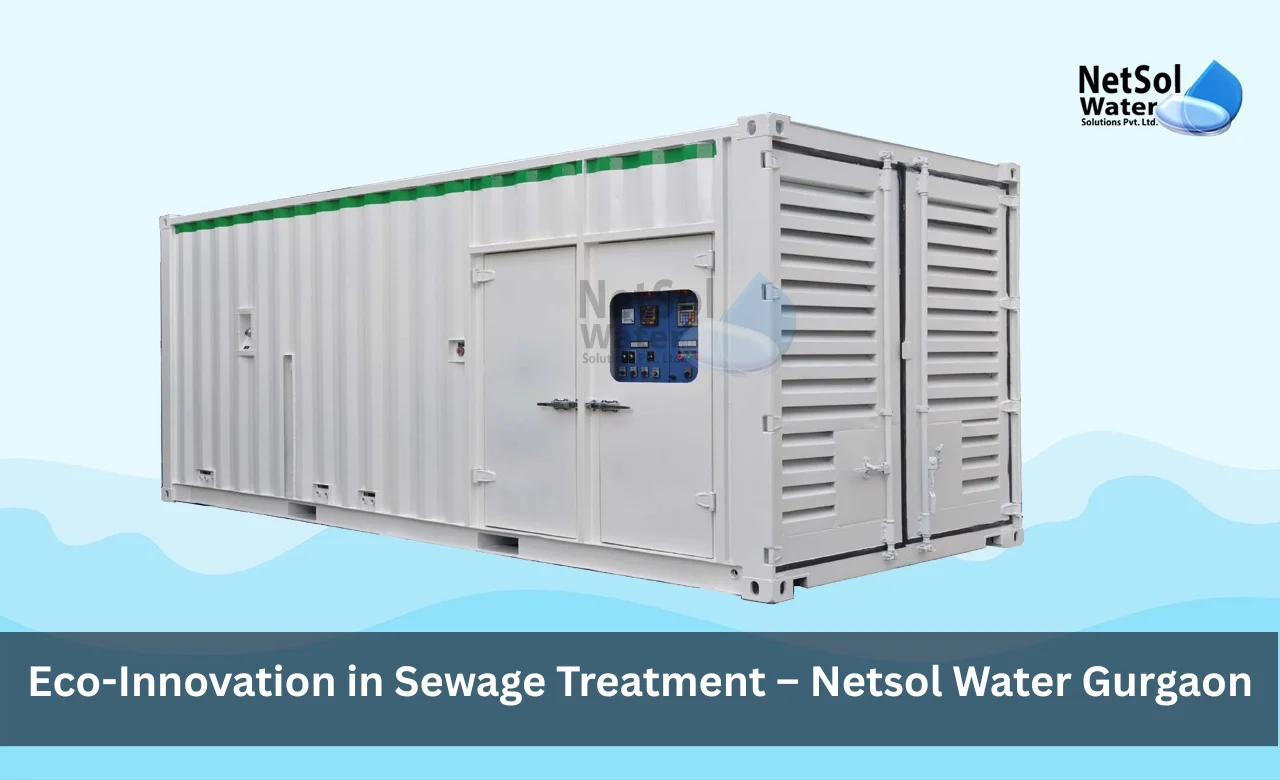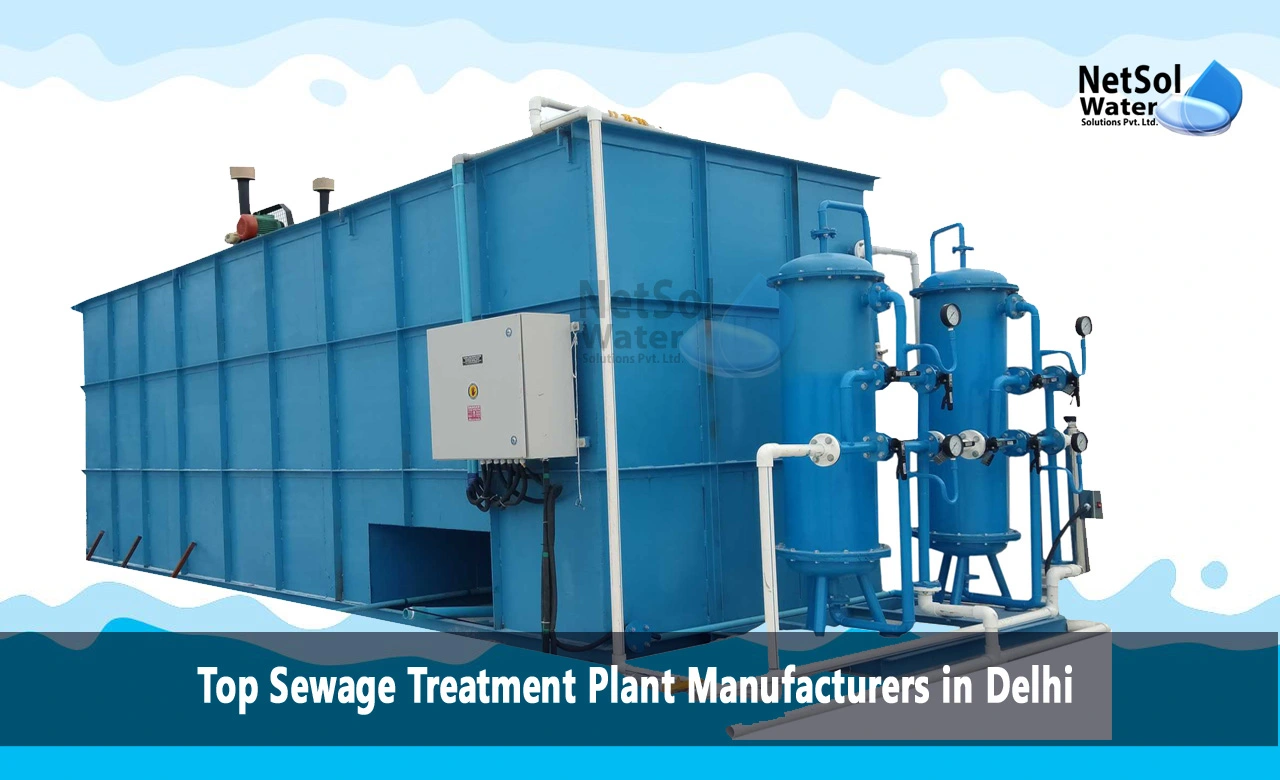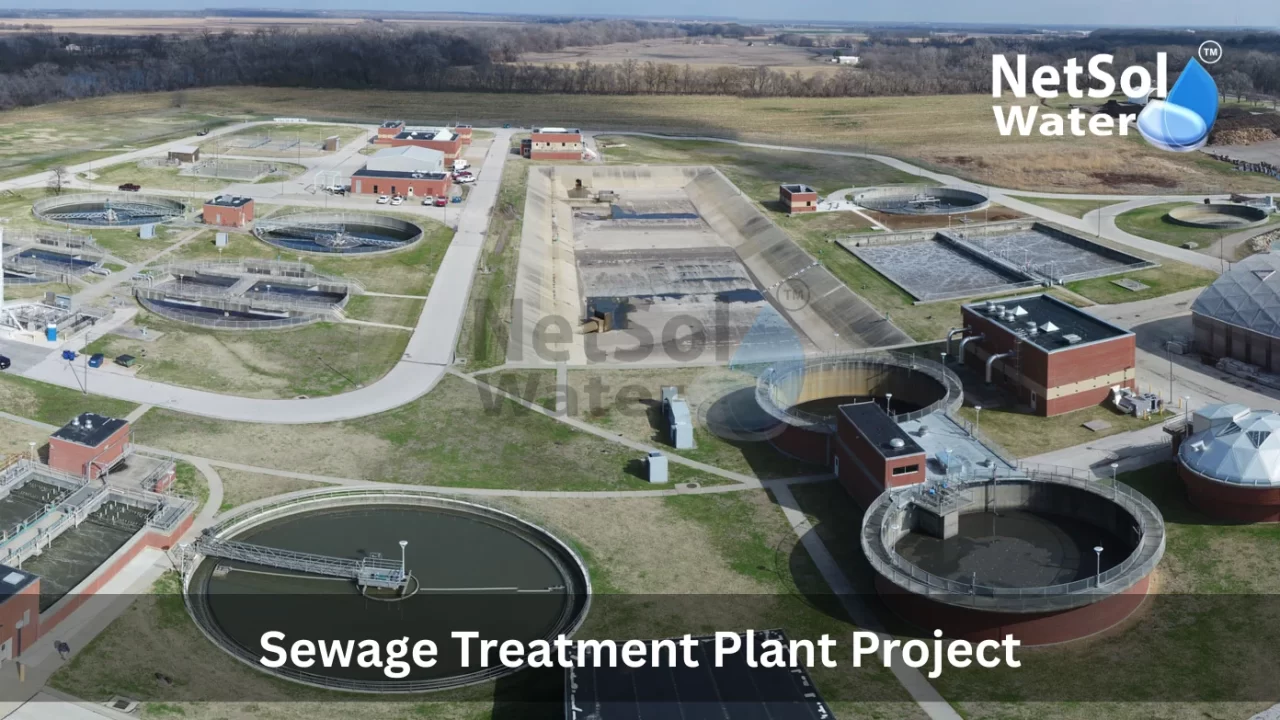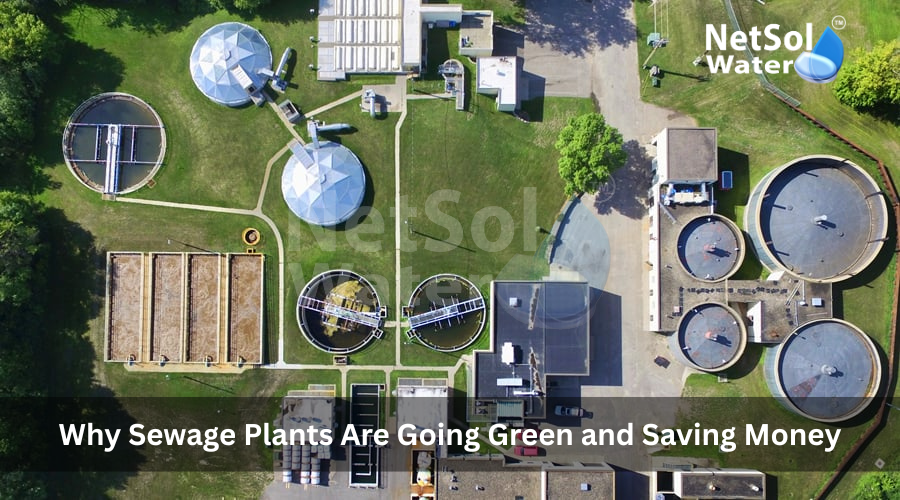Best Sewage Treatment Plant Companies in Noida
Noida is a rapidly growing city in Uttar Pradesh and with increasing urbanization, the need for efficient sewage treatment plants has risen. A reliable sewage treatment plant manufacturer ensures clean water disposal, environmental safety and compliance with government norms. Here’s a list of the best sewage treatment plant manufacturers in Noida, along with their technologies, services, and key features.
1: Netsol Water Solutions
Overview: Netsol is a trusted name in water and wastewater treatment, providing high-quality STP plants in Noida.
Technology Used: MBBR (Moving Bed Biofilm Reactor), SBR (Sequential Batch Reactor), MBR (Membrane Bioreactor)
Key Features:
- Fully automated systems
- Compact designs for space-saving
- 24/7 customer support
Website: netsolwater.com
2: Sewage Treatment Plants
Overview: Sewage Treatment Plants is a leading sewage treatment plant manufacturer in Noida, offering advanced solutions for residential, commercial, and industrial sectors.
Technology Used: Activated Sludge Process (ASP), MBR, RO-based treatment
Key Features:
- Customized STP solutions
- Low maintenance & energy-efficient systems
- Government-approved designs
Website: sewagetreatmentplants.in
3: Urban STP Plant
Overview: Urban STP Plant specializes in sewage treatment plant manufacturing with a focus on sustainability.
Technology Used: SBR, MBBR, Electrocoagulation
Key Features:
- Odor-free treatment plants
- Cost-effective solutions
- Quick installation & commissioning
Website: urbanstpplant.com/
4: Water Treatment Plants
Overview: A well-known STP manufacturer in Noida, Water Treatment Plants provides eco-friendly sewage treatment solutions.
Technology Used: MBR, MBBR, SAFF (Submerged Aerobic Fixed Film)
Key Features:
- High BOD & COD removal efficiency
- Minimal sludge generation
- Remote monitoring options
Website: watertreatmentplants.in/
5: Commercial RO Plant
Overview: Commercial RO Plant is a reputed sewage treatment plant manufacturer offering customized STP systems.
Technology Used: MBBR, SBR, UF (Ultrafiltration)
Key Features:
- Energy-saving designs
- Compact & modular systems
AMC (Annual Maintenance Contract) available
Website: commercialroplant.com
Comparison of Top STP Manufacturers in Noida
| Company | Technology Used | Key Benefits | Maintenance |
| Netsol Water | MBBR, SBR, MBR | Energy-efficient, compact design | Low maintenance |
| Sewage Treatment Plants | ASP, MBR, RO | Fully automated, high efficiency | Moderate maintenance |
| Urban STP Plant | SBR, Electrocoagulation | Odor-free, cost-effective | Low maintenance |
| Water Treatment Plants | MBR, SAFF | High BOD removal, remote monitoring | Moderate maintenance |
| Commercial RO Plant | MBBR, UF | Modular design, AMC available | Low maintenance |
Technology Used in Sewage Treatment Plants
Sewage Treatment Plants (STPs) use different technologies to clean wastewater before releasing it into the environment or reusing it. The choice of technology depends on factors like capacity, space, budget, and water quality requirements.
Here, we discuss the most commonly used STP technologies, how they work, and their advantages.
1: Activated Sludge Process (ASP)
How It Works:
- Wastewater enters an aeration tank where air is pumped in.
- Microorganisms (bacteria) break down organic waste.
- The treated water moves to a settling tank, where sludge settles at the bottom.
- Clean water is discharged, and some sludge is recycled back into the aeration tank.
Advantages:
- Effective for large-scale sewage treatment.
- Removes BOD (Biological Oxygen Demand)
- Cost-effective for municipal and industrial use.
Limitations:
- Requires skilled operation.
- Generates more sludge compared to modern methods.
- Needs continuous electricity for aeration.
2: Moving Bed Biofilm Reactor (MBBR)
How It Works:
- Uses small plastic carriers (biofilm media) that move freely in the treatment tank.
- Bacteria grow on these carriers, breaking down organic waste.
- A sieve filter retains the carriers while treated water flows out.
Advantages:
- Compact design, suitable for limited spaces.
- Low sludge production.
- Easy to upgrade existing plants.
Limitations:
- Higher initial cost than ASP.
- Requires proper media maintenance.
3: Sequential Batch Reactor (SBR)
How It Works:
- Treatment happens in batches (fill, react, settle, decant).
- No need for separate tanks—same tank performs aeration and settling.
- Automated systems control each phase.
Advantages:
- Flexible operation (adjustable treatment cycles).
- Less land required compared to ASP.
- Good for small to medium-scale plants.
Limitations:
- Requires skilled supervision.
- Higher energy use due to batch processing.
4: Membrane Bioreactor (MBR)
How It Works:
- Combines biological treatment + membrane filtration.
- Microorganisms treat the water, and ultrafiltration membranes remove fine particles.
- Produces high-quality reusable water.
Advantages:
- Superior effluent quality (suitable for reuse).
- Small footprint (ideal for urban areas).
- Less sludge production than ASP.
Limitations:
- Expensive compared to other methods.
- Membranes need regular cleaning & replacement.
5: Submerged Aerobic Fixed Film (SAFF)
How It Works:
- Uses fixed plastic media where bacteria grow.
- Air is supplied from the bottom for aerobic treatment.
- Treated water passes through a clarifier for final separation.
Advantages:
- Low energy consumption.
- Handles shock loads (sudden high sewage inflow).
- Low maintenance.
Limitations:
- Slower treatment compared to MBBR.
- Not ideal for very high-capacity plants.
6: Electrocoagulation (EC)
How It Works:
- Uses electric current to remove contaminants.
- Metal electrodes release ions that clump pollutants together.
- Sludge is separated, and clean water is discharged.
Advantages:
- Removes heavy metals & chemicals.
- No chemicals needed.
- Compact & modular design.
Limitations:
- High electricity consumption.
- Not common for large-scale sewage treatment.
Which STP Technology is Best?
| Technology | Best For | Space Needed | Effluent Quality |
| ASP | Large municipal plants | High | Good |
| MBBR | Medium-scale (apartments, hotels) | Medium | Very Good |
| SBR | Small to medium plants | Medium | Good |
| MBR | High-quality reuse (industries, IT parks) | Low | Excellent |
| SAFF | Residential complexes | Medium | Good |
| Electrocoagulation | Industrial wastewater | Low | Very Good |
Conclusion
Choosing the right sewage treatment plant manufacturer in Noida depends on your needs—whether residential, commercial, or industrial. Companies like Cleantech Water, Netsol, and Kelvin Water provide reliable, efficient, and eco-friendly STP solutions.
Before finalizing a supplier, consider factors like technology, maintenance, and after-sales service. Investing in a quality STP plant ensures long-term benefits and environmental compliance.
For more details, visit the company websites or contact them directly for customized solutions.
Need an STP plant in Noida? Contact the best sewage treatment plant manufacturers today for a sustainable water treatment solution!

